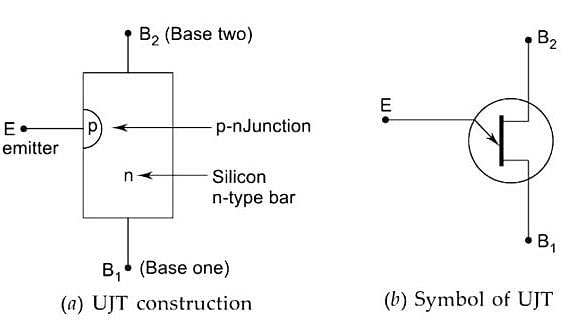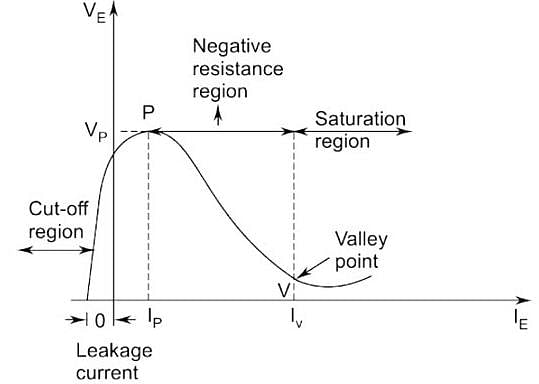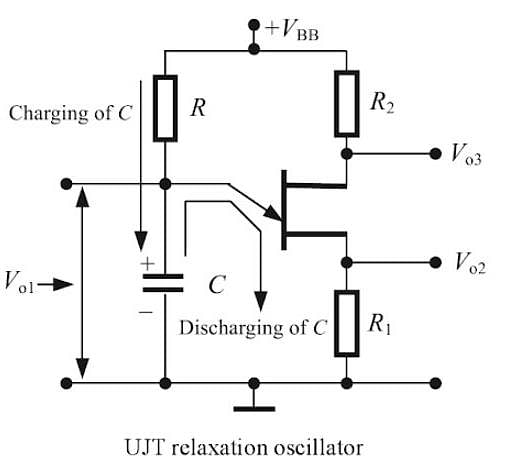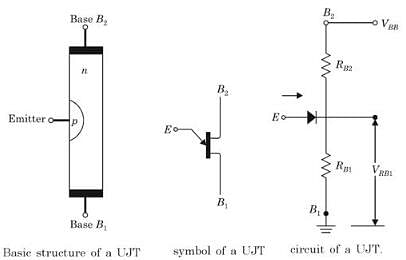Test: Uni Junction Transistor (UJT) - Electronics and Communication Engineering (ECE) MCQ
15 Questions MCQ Test Analog Circuits - Test: Uni Junction Transistor (UJT)
How many terminals are there in a unijunction transistor?
What is the intrinsic stand-off ratio(η) of a unijunction transistor when RB1 = 10kΩ and RBB = 15kΩ?
| 1 Crore+ students have signed up on EduRev. Have you? Download the App |
What are the terminals of a unijunction transistor?
What is the generalized value for the voltage across resistor RB1 in a unijunction transistor?
Which type of material is the channel of a unijunction transistor made up of?
What are the working regions of a unijunction transistor?
The Programmable Unijunction Transistor (PUT) turns on & starts conducting when the
A unijunction transistor (UJT) is used to generate a ____ wave
UJT when used for triggering an SCR, has the waveform
When emitter terminal of a UJT is open then the resistance of the base terminal is
The advantages over the vacuum triode for a junction transistor is_________
Which of the following is true in construction of a transistor?
|
3 videos|33 docs|64 tests
|
|
3 videos|33 docs|64 tests
|
















